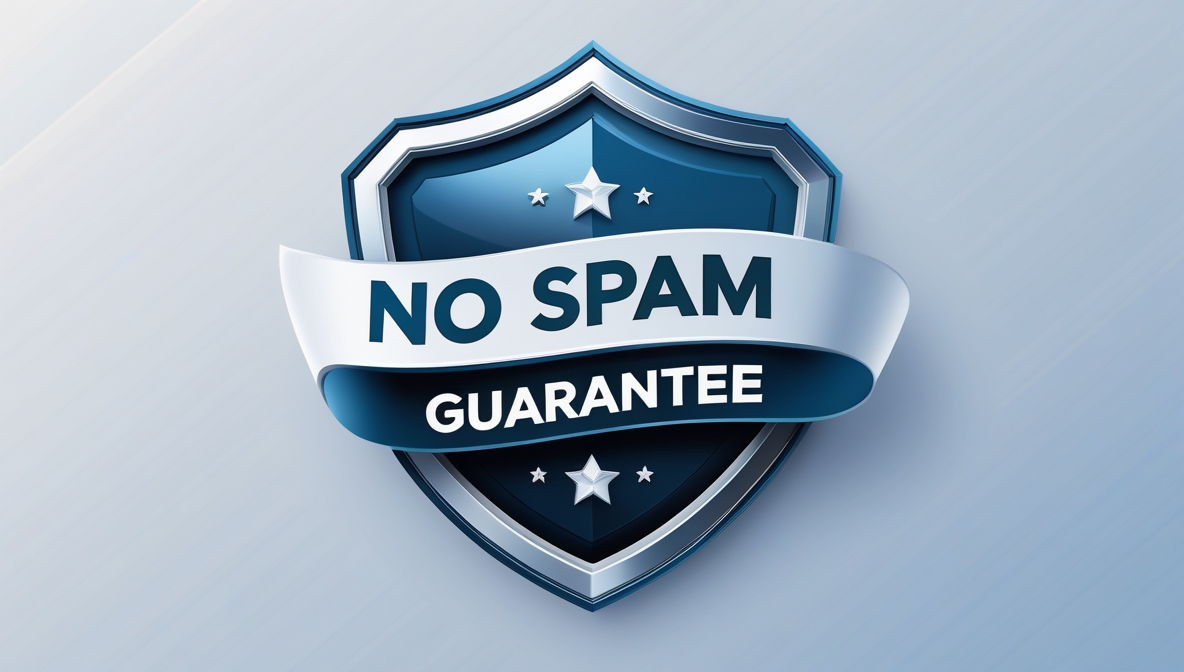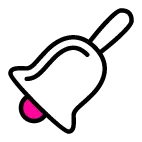This IT Organization Design Framework is a strategic resource for senior IT leaders responsible for shaping how technology organizations support evolving enterprise goals. It presents a structured, decision-oriented approach to evaluating the need for organizational redesign, determining the appropriate level of change, and implementing functional structures aligned with capability development and business priorities.
This framework stands out for its disciplined methodology. It integrates readiness assessment tools, structural models, and decision criteria into a cohesive format that supports sustainable organizational planning. Rather than relying on conventional charts or generic patterns, it enables IT leaders to design with clarity—based on role alignment, functional needs, and stakeholder engagement.
Developed from established organizational design principles and informed by practical experience, this resource provides actionable guidance backed by detailed examples and widely accepted practices. It supports IT executives in leading structural change with confidence, purpose, and strategic alignment.
This Will Help You…
This framework is designed to help senior IT leaders take a structured, informed approach to evaluating and redesigning their IT organization. It does not offer generic templates or high-level theory. Instead, it provides actionable content tied directly to the kinds of decisions CIOs and IT strategists must make when considering organizational change—whether incremental or transformative.
- Identify When to Act:
Use the four-step decision model to determine whether a reorganization is necessary and whether your organization is ready. This helps you avoid premature action and instead time your structural changes for maximum acceptance and impact. - Choose the Right Level of Change:
Apply the remodel–renovate–rebuild framework to match your change scope with business needs. This helps you align the intensity of the intervention with the organization’s capacity for change and the complexity of the challenges you're addressing. - Define Roles and Functional Structures:
Leverage the macro-architectural segmentation of supply, demand, and infrastructure to design clear, functional groupings. This helps you develop deliverables such as operating models, capability maps, and workforce transition plans that are based on how IT actually creates value. - Engage Stakeholders in the Design Process:
Use the business partner interview guide and role assessment tools to involve peers in defining IT’s current and future role. This helps you generate alignment early and create a change narrative that is both credible and co-owned by business leaders. - Sustain Adaptability Without Frequent Reorgs:
Build next-generation organizational views that emphasize roles, competencies, and value delivery over rigid hierarchies. This helps you design structures that can evolve with the business without requiring disruptive, large-scale changes.
The framework gives you both the decision logic and the design tools to create an IT organization that is more responsive, more strategic, and more sustainable. Whether you're making the case for change, planning a restructure, or aligning IT with enterprise transformation, this resource helps you act with clarity, confidence, and credibility.


